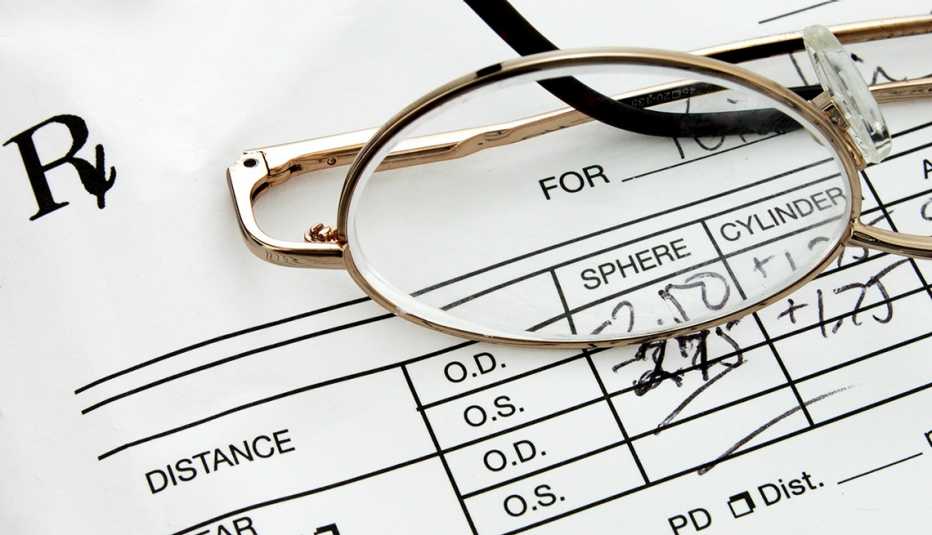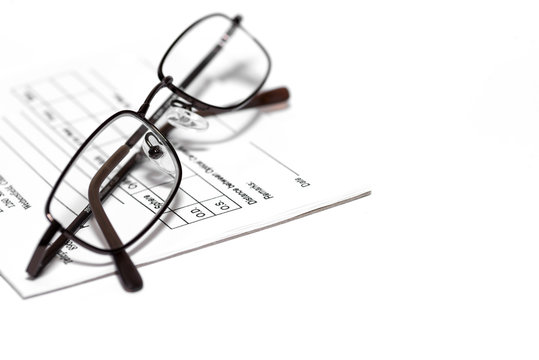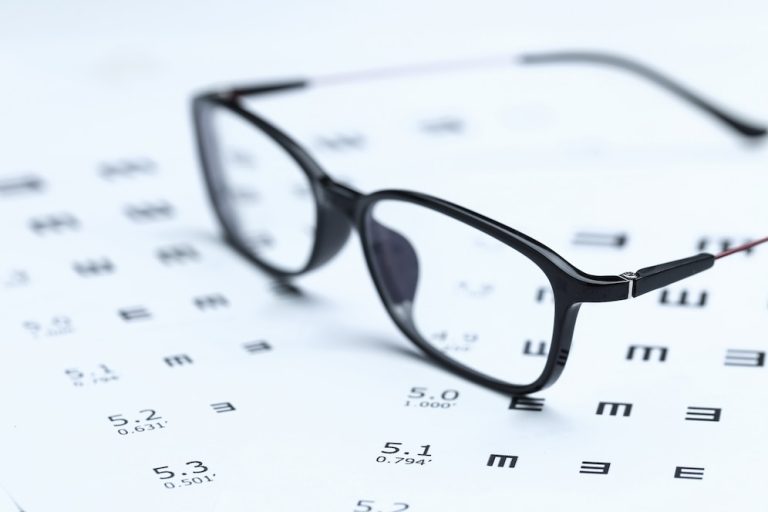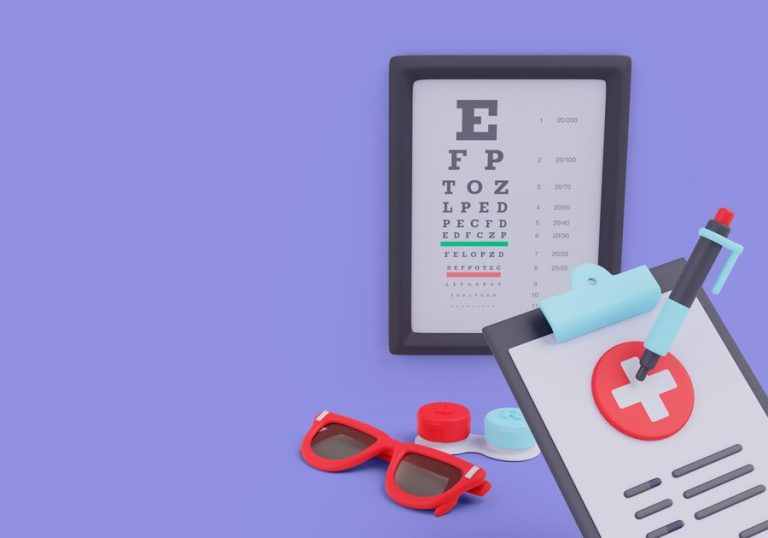Understanding Eyeglass Prescriptions: A Comprehensive Guide
Eyeglasses are an essential tool for millions of people around the world, helping them to see clearly and navigate their daily lives with ease. But behind every pair of eyeglasses is a prescription, a seemingly complex set of numbers and abbreviations that determine the specifications of the lenses. Understanding your eyeglass prescription is crucial to ensuring that your eyewear meets your visual needs. This article will delve into the components of an eyeglass prescription, explain how it is determined, and discuss its importance.
What is an Eyeglass Prescription?
An eyeglass prescription is a written order by an optometrist or ophthalmologist that specifies the corrective lenses needed to improve your vision. The prescription includes detailed information about the lenses’ curvature, thickness, and other factors that will help correct refractive errors, such as nearsightedness (myopia), farsightedness (hyperopia), astigmatism, and presbyopia.
Components of an Eyeglass Prescription
A typical eyeglass prescription contains several key components, each of which plays a crucial role in determining the correct lenses for your vision needs:
- OD and OS: These abbreviations stand for “oculus dexter” and “oculus sinister,” which are Latin terms for the right eye and left eye, respectively. Sometimes, you might also see “OU,” which stands for “oculus uterque,” meaning both eyes.
- Sphere (SPH): The sphere value indicates the amount of lens power, measured in diopters (D), required to correct your vision. A negative number (e.g., -2.00) indicates myopia (nearsightedness), while a positive number (e.g., +1.50) indicates hyperopia (farsightedness). The higher the number, the stronger the lens needed to correct your vision.
- Cylinder (CYL): The cylinder value corrects astigmatism, a condition caused by an irregularly shaped cornea that leads to distorted or blurred vision. To correct astigmatism, the lens power required is indicated by the CYL value. Like the SPH value, it can be either positive or negative.
- Axis: The axis value is related to astigmatism and indicates the orientation of the cylindrical power on the lens. It is measured in degrees, ranging from 0 to 180, and represents the direction in which the cylindrical correction is applied. The axis is necessary to ensure that the astigmatism correction aligns properly with the irregular shape of the cornea.
- Add: The added value, also known as the “near addition” or “reading addition,” is used in multifocal lenses (such as bifocals or progressive lenses) to correct presbyopia. Presbyopia is an age-related condition where the eye’s ability to focus on close objects diminishes. The added value is always positive and indicates the additional lens power needed for near vision.
- Prism: In some cases, a prescription may include a prism value, which is used to correct issues with eye alignment, such as double vision (diplopia). The prism value is measured in prism diopters and is accompanied by a direction (base up, base down, base in, or base out), indicating how the prism should be oriented in the lenses.
- Pupillary Distance (PD): While not always included in the prescription itself, pupillary distance is an important measurement that indicates the distance between the centers of your pupils. PD is measured in millimeters and ensures that the lenses are positioned correctly in front of your eyes.
How is an Eyeglass Prescription Determined?
An eyeglass prescription is determined through a comprehensive eye examination conducted by an optometrist or ophthalmologist. The process typically involves several steps:
- Visual Acuity Test: This test measures how clearly you can see letters on a chart placed at a distance. The results help the eye doctor determine the level of visual correction you need.
- Refraction Test: During this test, the eye doctor uses a phoropter, a device with multiple lenses, to measure the exact prescription required to correct your vision. The patient looks through the phoropter and indicates which lenses provide the clearest vision.
- Astigmatism Test: If astigmatism is suspected, the eye doctor will use a cylindrical lens to measure the extent of the condition and determine the appropriate cylinder and axis values for your prescription.
- Binocular Vision Assessment: This test checks how well your eyes work together. If there is a problem with eye alignment or coordination, a prism correction may be needed.
- Near Vision Test: For patients over the age of 40, the eye doctor may perform a near vision test to determine if presbyopia is present and if an additional correction (add value) is necessary for reading or other close-up tasks.
- Pupillary Distance Measurement: The eye doctor or optician will measure your PD, which is essential for accurately positioning the lenses in your eyeglasses.
The Importance of an Accurate Eyeglass Prescription
An accurate eyeglass prescription is crucial for several reasons:
- Optimal Vision Correction: The primary purpose of an eyeglass prescription is to correct refractive errors and provide clear vision. An incorrect prescription can result in blurred vision, headaches, eye strain, and discomfort.
- Comfort and Eye Health: Wearing glasses with the wrong prescription can cause eye strain, fatigue, and even worsen existing eye conditions. Ensuring your prescription is accurate helps maintain eye comfort and overall eye health.
- Safety: Clear vision is essential for daily activities such as driving, reading, and working. An accurate prescription ensures that you can perform these tasks safely and effectively.
- Long-term Vision Health: Regular eye exams and updated prescriptions are important for monitoring changes in your vision and detecting early signs of eye diseases, such as glaucoma, cataracts, and macular degeneration.
How Often Should You Update Your Eyeglass Prescription?
It is generally recommended to have an eye examination every one to two years, depending on your age, risk factors, and whether you have any existing eye conditions. Children and teenagers may need more frequent exams as their vision can change rapidly. Adults over the age of 40 should also have regular eye exams to monitor for presbyopia and other age-related vision changes.
Even if you feel that your vision hasn’t changed, it’s important to have regular eye exams. Subtle changes in vision may not be noticeable, but they can still affect your overall eye health and comfort. Additionally, eye exams can detect early signs of serious eye conditions that may not have obvious symptoms.
Conclusion
Understanding your eyeglass prescription is an important step in ensuring that you receive the correct lenses for your vision needs. Each component of the prescription plays a vital role in correcting refractive errors, improving your vision, and maintaining eye health. Regular eye examinations are essential for keeping your prescription up to date and ensuring that you enjoy clear, comfortable vision. Whether you are getting your first pair of glasses or updating an existing prescription, knowing how to read and interpret your eyeglass prescription can help you make informed decisions about your eyewear.
For any further queries, Plz visit drvivekgarg. in








